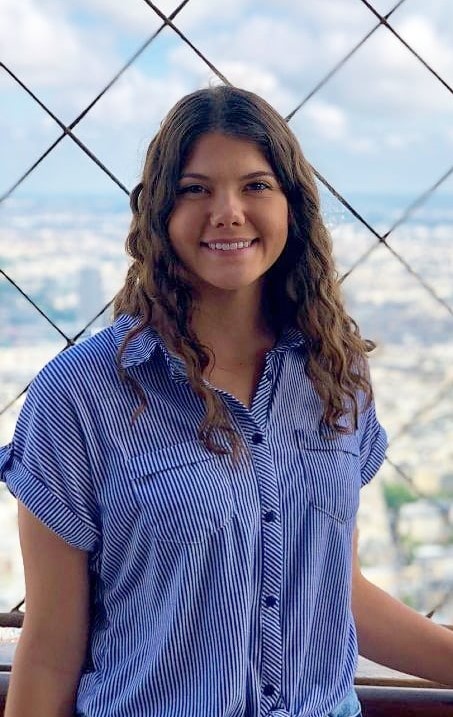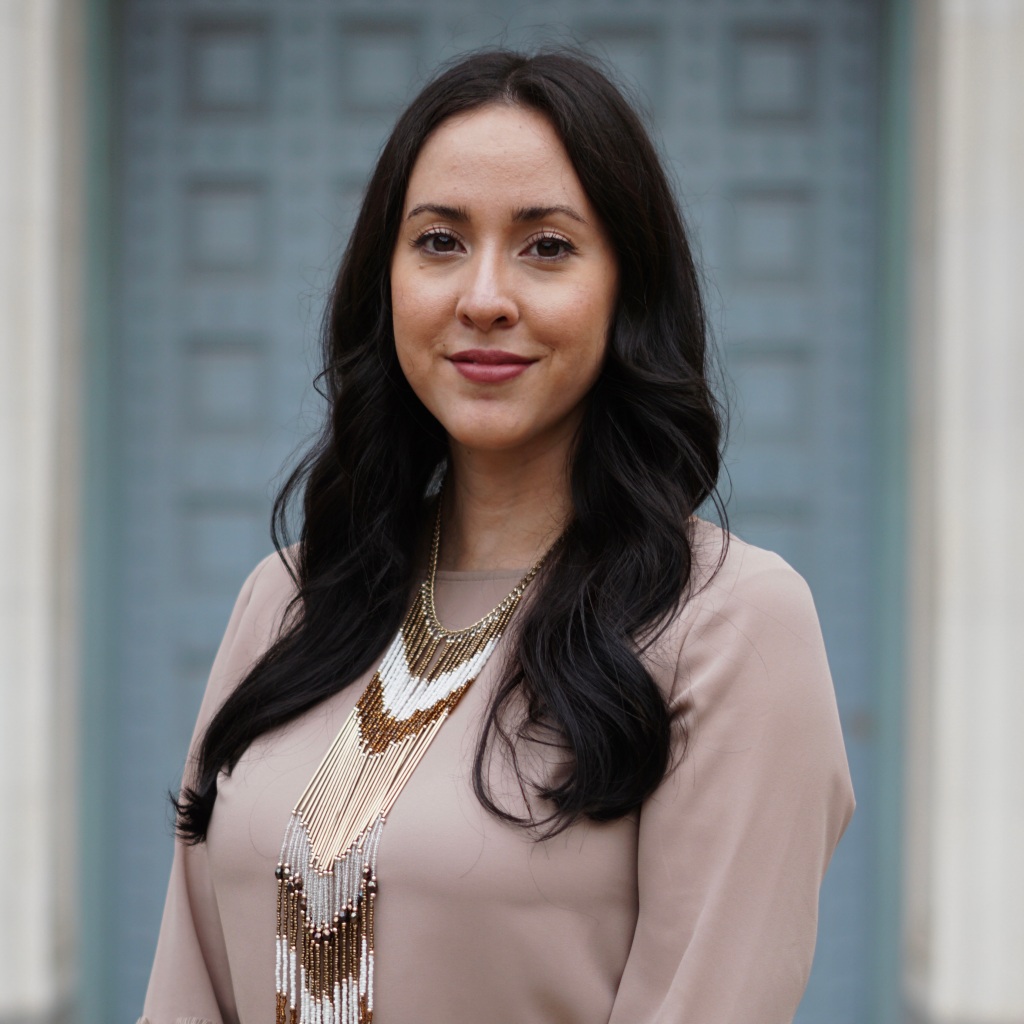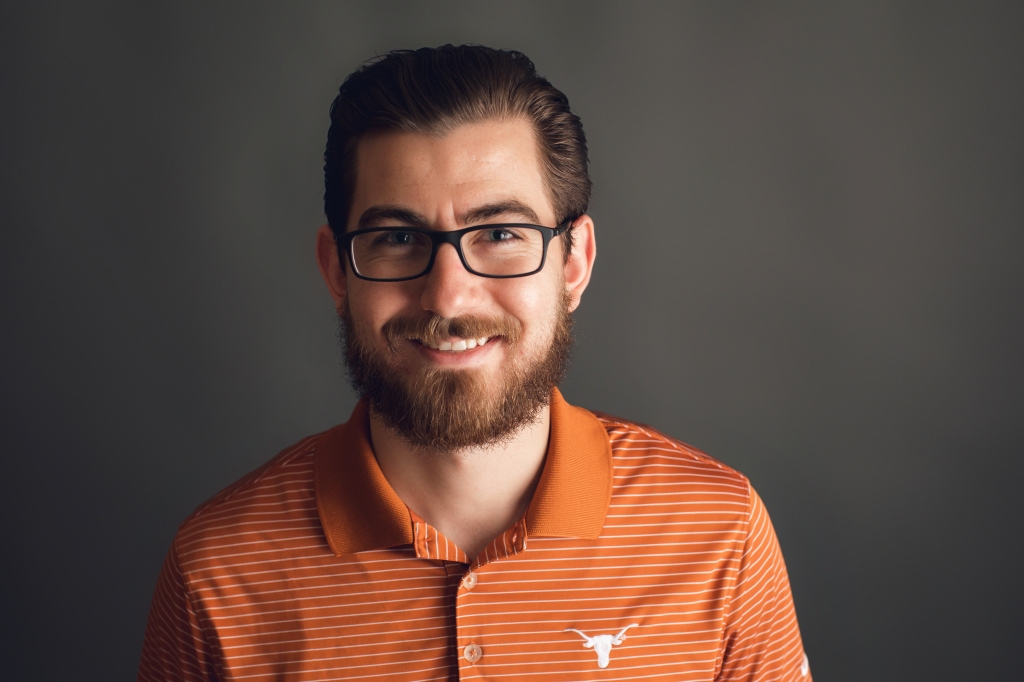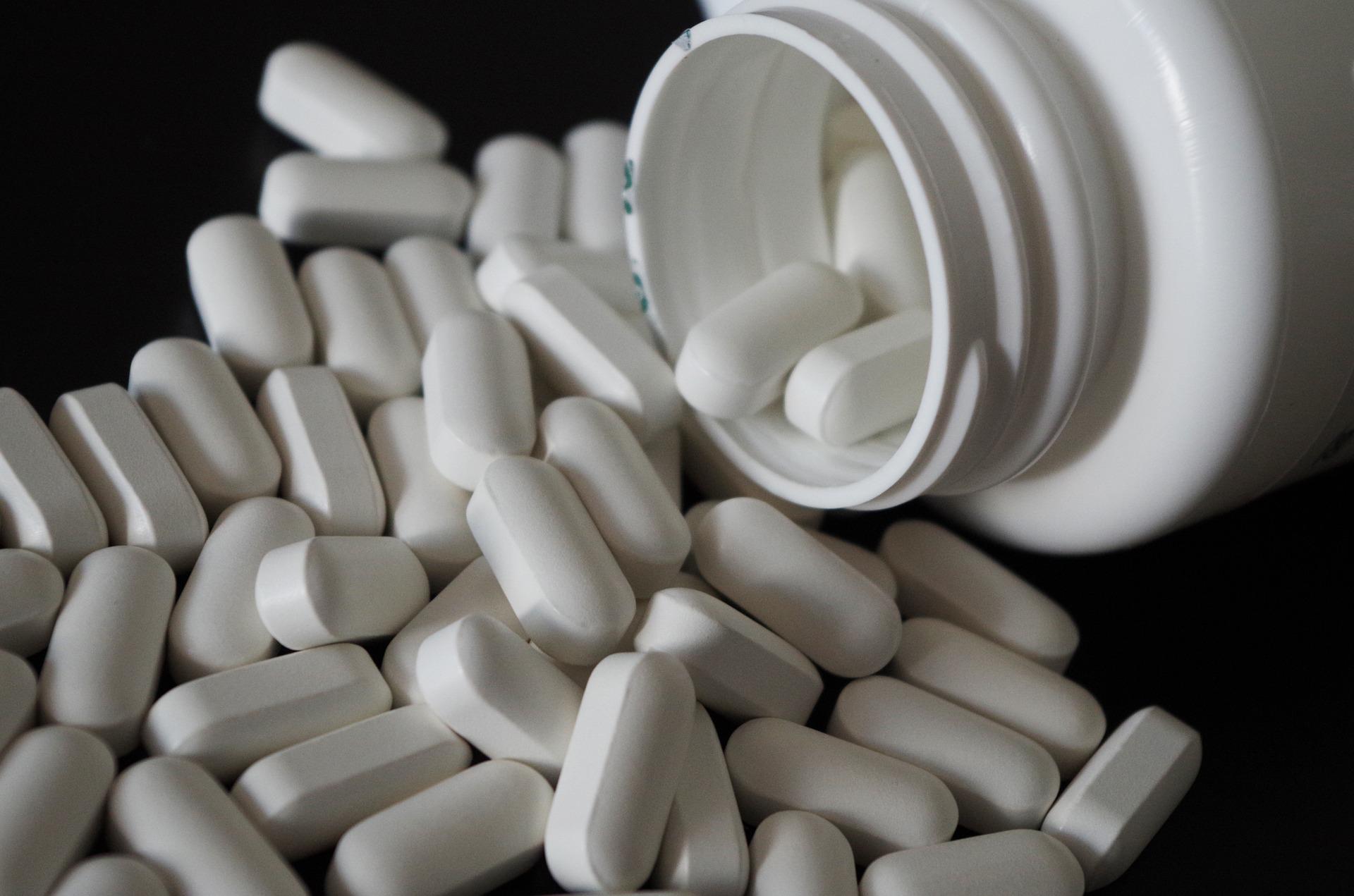By: Megan S Yeung, PharmDc 2023; Kami E Johnston, PharmDc 2023; Morgan L Murchison, PharmDc 2023; Lindsey J Loera, PharmD; Lucas G Hill, PharmD, BCACP
In 2020, over 40 million people in the U.S. aged 12 or older had a substance use disorder (SUD) and nearly 100,000 died due to a drug overdose.1,2 In addition, more than 42 million years of healthy life loss (DALY) were attributable to drug use in 2017; that is about 1.3% of the global burden of disease.3 People with SUD have historically been neglected and prone to mistreatment in the U.S. healthcare system, and the absence of adequately trained pharmacists can exacerbate gaps in care. Pharmacists can improve care by supporting screening for SUD, facilitating access to pharmacotherapy, and recommending harm reduction strategies. Lastly, pharmacists can reduce stigma by modeling positive, compassionate interactions and advocating for patient-centered policies.
Are PharmD programs preparing pharmacists to manage SUD?
Insufficient SUD knowledge and negative attitudes create barriers such as lack of access to medications, high prevalence of untreated conditions, and overall substandard care leading to disparities and poor health outcomes in this population. A systematic review found that pharmacy students and pharmacists attribute lack of confidence as a major barrier to dispensing naloxone, a life-saving medication.4 These problems can be addressed through improved quantity and depth of SUD and harm reduction instruction. The American Association of Colleges of Pharmacy (AACP) recommends pharmacy curricula include at least four hours of SUD coursework, ideally as early as possible and delivered in didactic and experiential settings.
In 2015, U.S. colleges of pharmacy reported an average of 2.7 hours of required didactic SUD-related instruction. Only 34% of programs met AACP’s recommended four hours and only 23% offered Advanced Pharmacy Practice Experiences (APPEs) focused on SUD treatment.5 Experiential learning in this domain can increase student pharmacist knowledge and confidence to provide SUD care and offers the opportunity to translate didactic training to practice. Education is a key component to broadening perspectives and altering beliefs toward patients with SUD, and it is crucial for PharmD curricula to support the development of our students and profession in this domain.
A proposed curriculum model
The University of Texas at Austin College of Pharmacy (UTCOP) provides 23.5 hours of required didactic SUD harm reduction instruction over the first three years of the program. Experiential education opportunities are offered on a limited elective basis across all four years. The goal of this article is to outline this substance use curriculum to inform efforts to enhance SUD education at other institutions.
Figure 1. Substance Use Curriculum at UTCOP
- Incorporating simulations
- Simulating practical interactions such as naloxone and syringe sales at the pharmacy counter help prepare students for future opportunities to promote harm reduction and practice using de-stigmatizing language.
- Switching the topic to SUD for teaching clinical skills is another way for COPs to enhance their curriculum. SUD is a great area for students to learn other vital skills such as motivational interviewing.
- Discussing treatment of co-occurring disorders
- Treatment for patients with SUD can be complicated due to frequent co-occurring SUD and/or psychiatric conditions. Discussing common drug-drug interactions and drug-disease interactions can help orient students to the complexity of patient cases they may encounter in practice.
- Addressing harm reduction
- Complete elimination of drug use is an unrealistic goal. Educating students on harm reduction practices encourages the use of evidence-based interventions that can improve the health status of people who use drugs and decrease stigma.
- Offering experiential education
- Incorporating structured pharmacy practice experiences or involving students in outreach events through organizations is optimal for application of didactic knowledge, as well as engaging students in patient care and the local community.
- Focusing on expanding experiential opportunities is a great alternative for colleges that may not have the resources to modify their curriculum.
- Operation Naloxone is an interprofessional collaboration led by student pharmacists to provide overdose education and naloxone distribution on campus.
- UTCOP’s Addiction Medicine APPE is an elective experience in treatment of SUD and psychiatric conditions in multiple interprofessional SUD settings.
Conclusions
Insufficient SUD and harm reduction education can prevent pharmacists from providing optimal care to people with SUD. Colleges of pharmacy seeking to enhance their substance use curriculum should consider a similar model to UTCOP to prepare their graduates for an expanded role in this clinical domain. We acknowledge the challenges of curricula change and recognize there is no one-size-fits-all solution. As drug use patterns continue to evolve, we encourage educators to adapt to reflect the specific needs of people who use drugs and patients with substance use disorders. The addition of substance use education to the curriculum could be of benefit to both future pharmacists and their communities, whereas not including it may result in suboptimal patient care and foster division between pharmacists and patients.
How has your program adapted to address the lack of SUD in pharmacy curricula?
Acknowledgements (if applicable): The authors thank Samantha Catanzano, PharmD, BCPP, Clinical Assistant Professor at The University of Texas at Austin College of Pharmacy, for providing input regarding the content she covers in the curriculum.
References (in AMA style):
1. Opioid data analysis and resources. Centers for Disease Control and Prevention. https://www.cdc.gov/opioids/data/analysis-resources.html. Published March 10, 2021. Accessed April 14, 2022.
2. Substance Abuse and Mental Health Services Administration. Key Substance Use and Mental Health Indicators in the United States: Results from the 2020 National Survey on Drug Use and Health. Rockville, MD: Center for Behavioral Health Statistics and Quality, Substance Abuse and Mental Health Services Administration; 2021. Report No. PEP21-07-01-003.
3. World Health Organization. Drugs. Retrieved July 24, 2022, from https://www.who.int/health-topics/drugs-psychoactive
4. Thakur T, Frey M, Chewning B. Pharmacist roles, training, and perceived barriers in naloxone dispensing: A systematic review. Journal of the American Pharmacists Association. 2019. Doi: 10.1016/j.japh.2019.06.016
5. Thomas K, Muzyk AJ. Surveys of substance use disorders education in US pharmacy programs. Ment Health Clin. 2018 Mar 26;8(1):14-17. doi: 10.9740/mhc.2018.01.014. PMID: 29955539; PMCID: PMC6007522.
Author Bio(s):

Megan Yeung is a fourth-year pharmacy student at The University of Texas at Austin College of Pharmacy. Educational scholarship interests include internal medicine and substance use disorders. In her free time, Megan enjoys reading and playing the guitar.
Kami Johnston is a fourth-year pharmacy student at The University of Texas at Austin College of Pharmacy. Education scholarship interests include substance use disorders and ambulatory care. In her free time, Kami enjoys reading sci-fi novels and going on hikes with her dog Riley.


Morgan Murchison is a fourth-year pharmacy student at The University of Texas at Austin College of Pharmacy. Educational scholarship interests include psychiatric pharmacy, substance use disorders, and management of chronic health conditions. In her free time, Morgan enjoys new baking endeavors and hiking with her husband and German Shepherd.
Dr. Lindsey J. Loera is an Assistant Professor of Practice at the University of Texas at Austin College of Pharmacy. Educational scholarship interests include substance use disorders, harm reduction, and pharmacy education. In her free time, she enjoys spending quality time with family around Austin, TX, and going to her favorite coaches’ workout classes at Barry’s.


Dr. Lucas G. Hill is a Clinical Associate Professor at The University of Texas at Austin College of Pharmacy. Educational scholarship interests include substance use disorder and harm reduction. In his free time, Lucas enjoys bouncing on the trampoline with his three-year-old while smoking various meats in his kamado.
Pulses is a scholarly blog supported by Currents in Pharmacy Teaching and Learning
